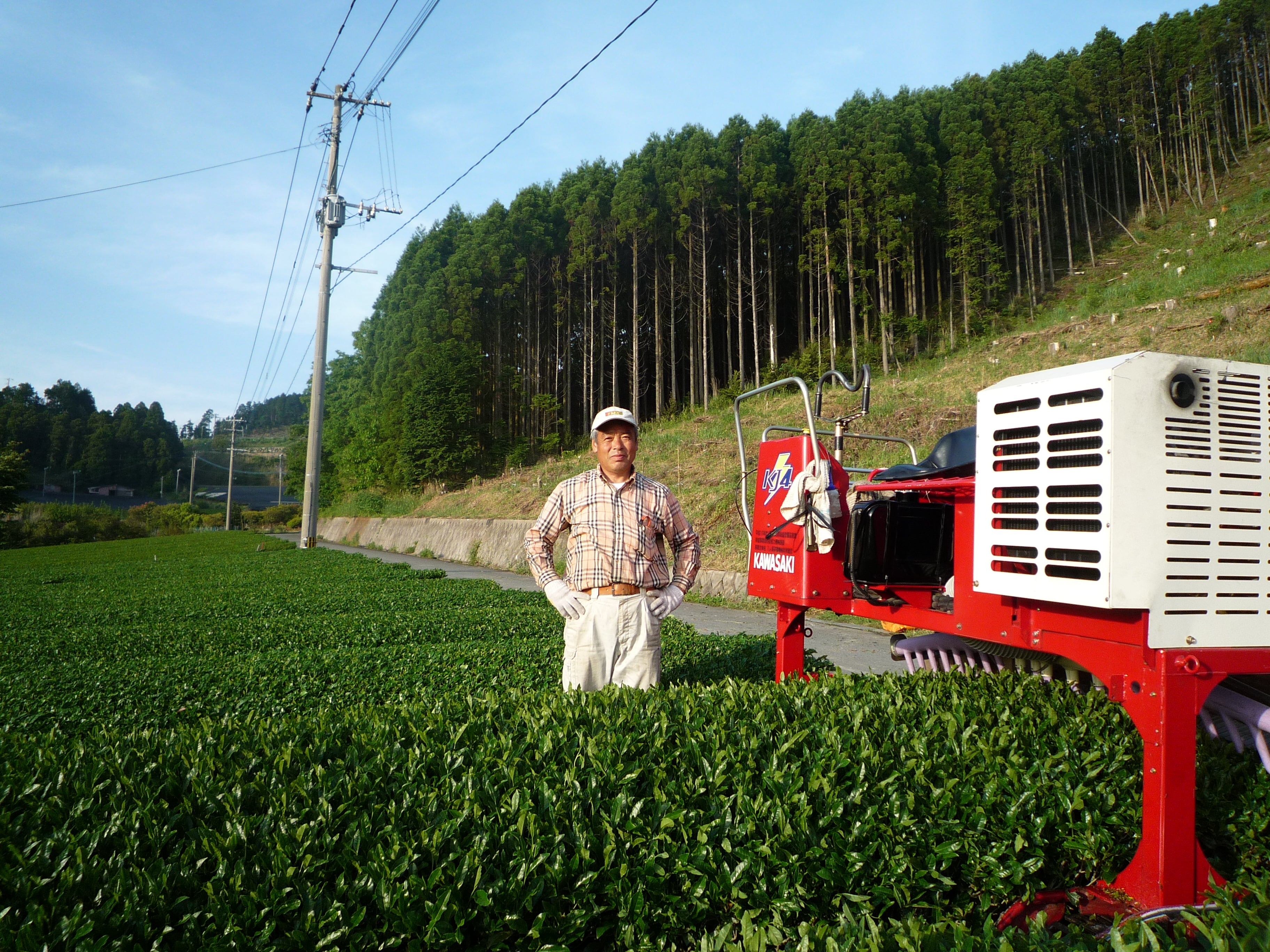What is matcha?
Matcha, derived from the Camelia Sinensis plant, the same source as all tea types, stands out due to its unique cultivation and processing methods. The finest premium matcha hails from Japan, where it's crafted from shade-grown leaves of the highest quality, meticulously stone-ground to a vibrant green powder. These leaves spend 3 to 4 weeks shrouded in bamboo before the initial spring harvest.

Handpicked and diligently stone-ground, it takes over an hour to fill a 40g canister of our ceremonial matcha like Aki or Miyuki.
For over 800 years, Chinese Buddhists recognized matcha's ability to provide sustained energy, heightened focus, and relaxed awareness for extended periods. The Zen Buddhists introduced matcha preparation techniques to Japan in 1192, where it became a cherished part of monastic and high-society culture. Even samurai relied on matcha during battles. Today, high-quality matcha offers a sense of well-being and sustained awareness for 3 to 5 hours, reducing the urge for short-term energy boosters like coffee.
